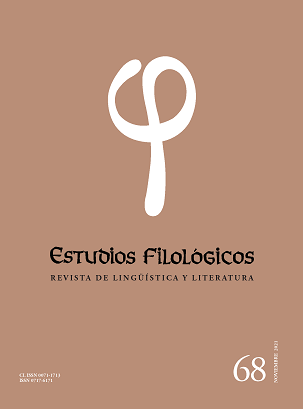Literature, astronomy and politics in the graphic narrative of Chilean magazines (1907-1915)
Main Article Content
Abstract
This work analyzes the extrapolation of astronomical content to political issues, evidenced in cartoons and photo-reports published in Chilean magazines Sucesos, Zig-Zag and Corre Vuela, between 1907 and 1915. In these journalistic media, which merge text and image, it is possible to visualize a use of astronomical knowledge, with the purpose of pondering or criticizing political situations, as well as mocking or lamenting them, an exercise that is carried out through the use of literary resources. In this sense, the use of the narrative of the dangerousness of the passage of Halley’s Comet of 1910 is studied, to refer to general aspects of Pedro Montt’s government (1906-1910) from a satirical perspective, and on the other, the melodramatic treatment of the different phases of the construction project of a new National Astronomical Observatory (1909-1913) is analyzed, as a specific aspect of Montt’s political agenda. The theoretical perspective of the analysis contemplates the studies of the history of science and knowledge, specifically, of communicative practices and the role played by the media and science audiences. The study of the press is also considered, especially of variety magazines as supports that merge text and image and respond above all to a commercial purpose.

